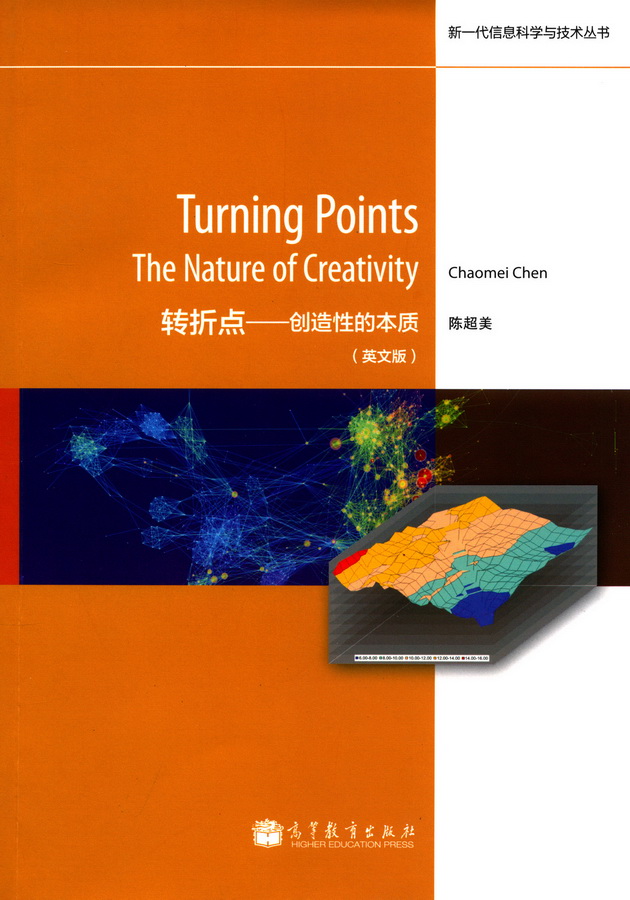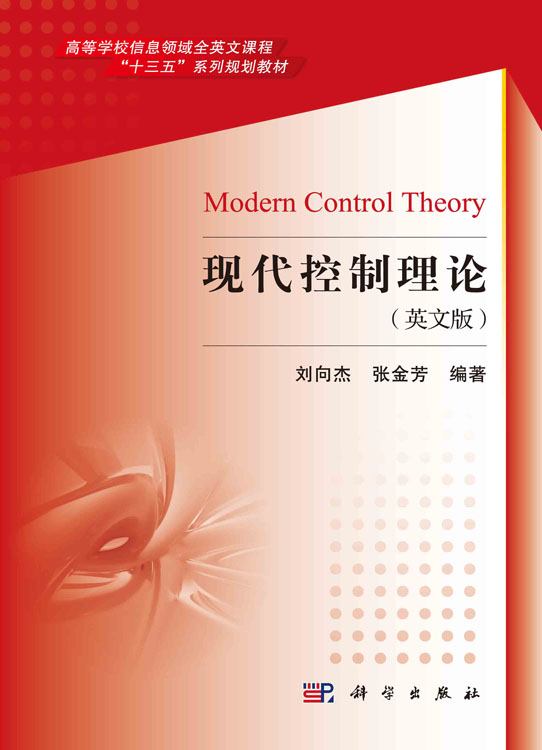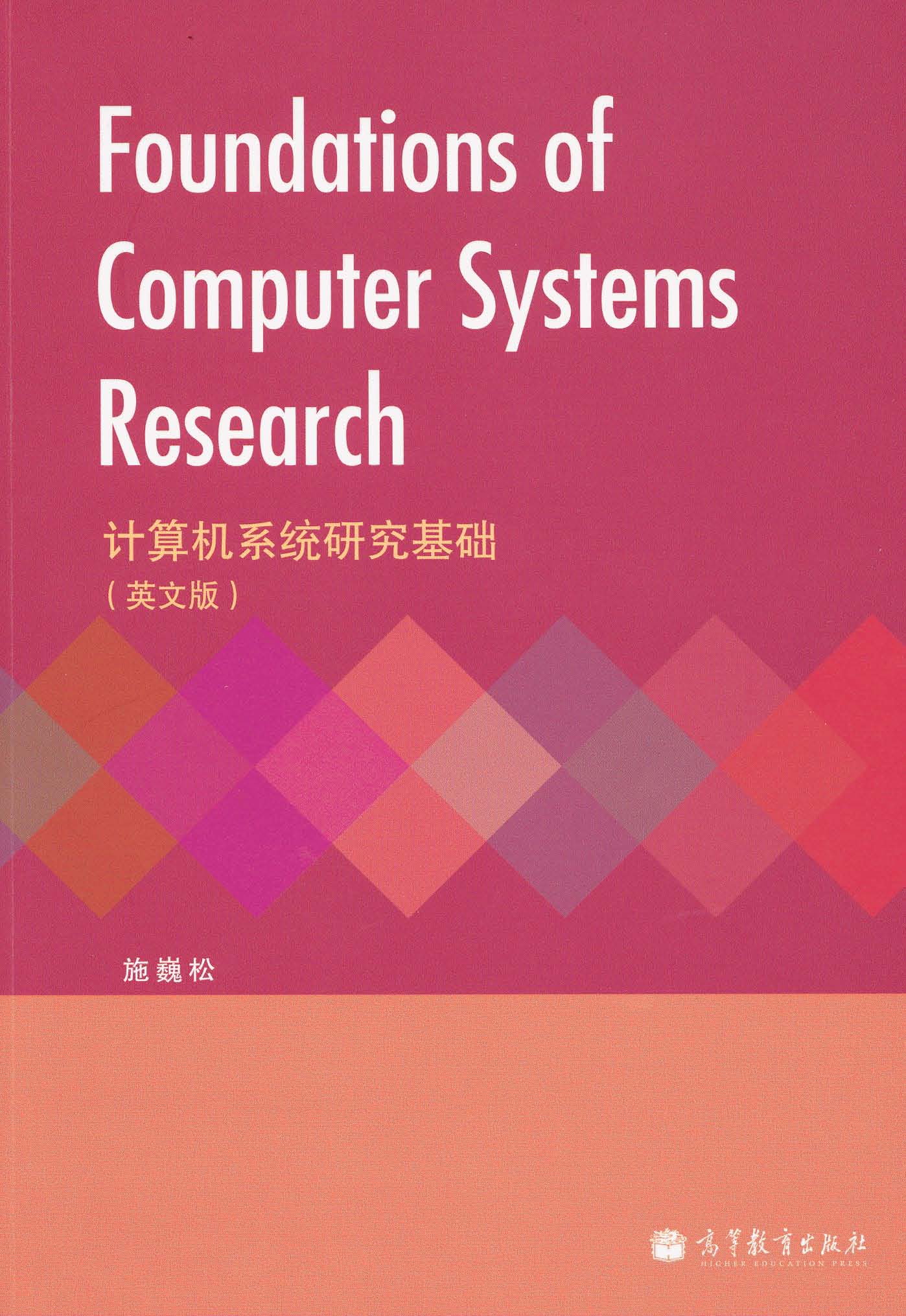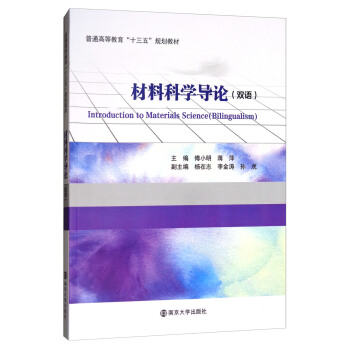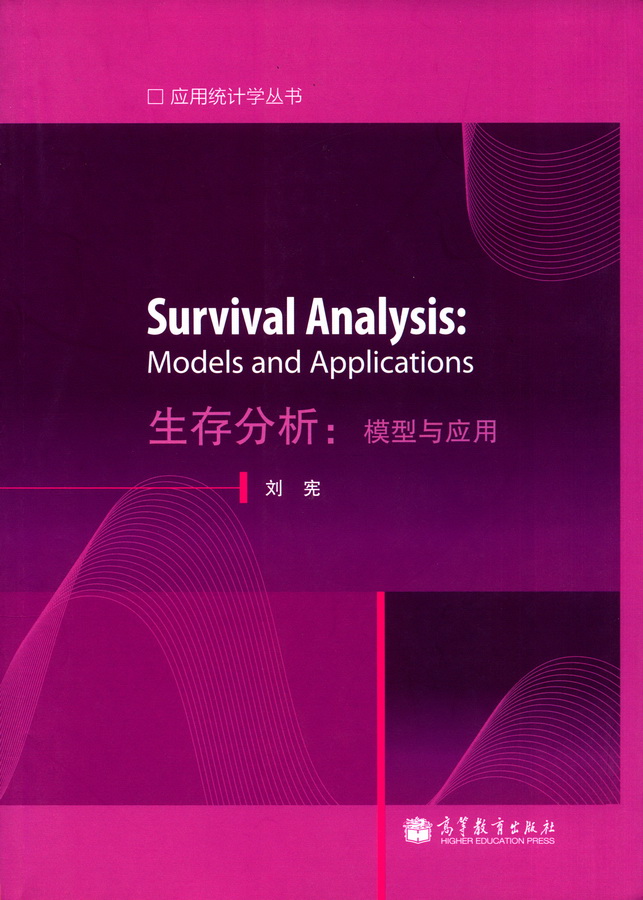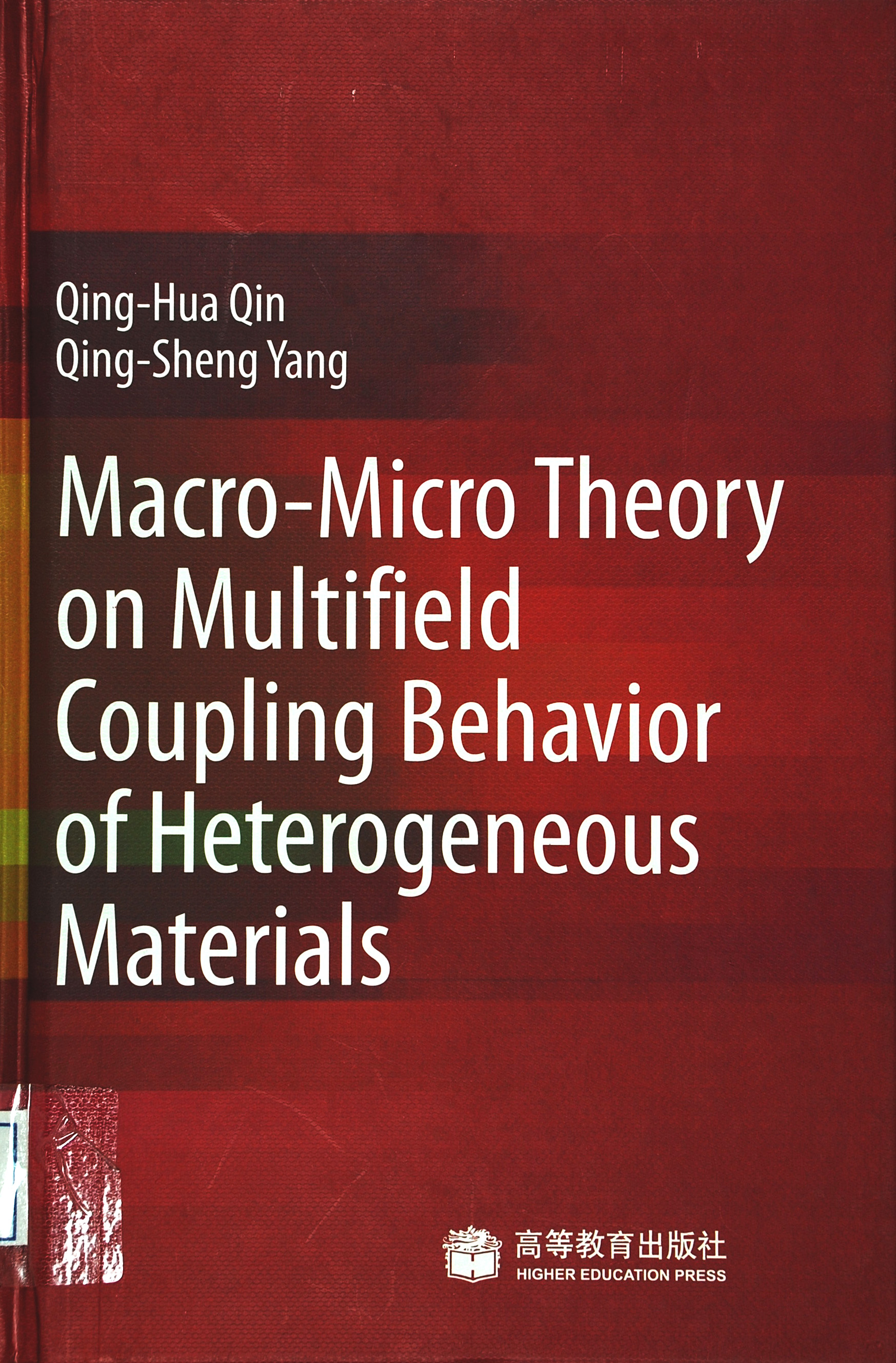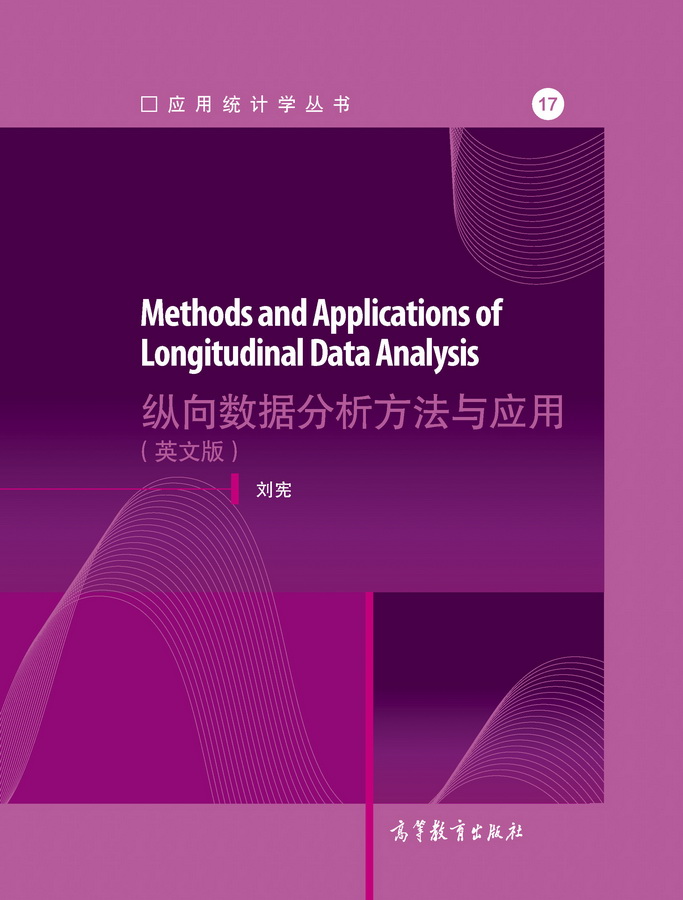转折点——创造性的本质(英文版)
作者: 陈超美
出版时间:2011-09
出版社:高等教育出版社
- 高等教育出版社
- 9787040317039
- 1版
- 165556
- 48267029-6
- 平装
- 异16开
- 2011-09
- 400
- 268
- 教育学
- 教育学类
- N3
- 理工类
- 本科 研究生及以上
创造性思维的背后有没有可以反复借鉴的思维方式?哪些是我们观察、思考、分析和决策中经常出现而又最容易被忽视的问题?如何才能系统性地提高我们自身的创 造能力?《转折点:创造性的本质(英文版)》介绍了一系列具有代表性的观点、理论和实例以及在此基础上形成的一个知识发展的新理论,从理论和实践两个方面 阐述了如何通过信息可视化、可视分析等方法直观地展现科学发展的宏观结构、趋势、变换及传播;此外还介绍了更为广泛的分析推理以及决策中常常遇到的几类问 题和相关对策。
前辅文
Chapter 1 The Gathering Storm
1.1 The Gathering Storm
1.2 Into the Eye of the Storm
1.3 The Yuasa Phenomenon
1.4 Transformative Research and the Nature of Creativity
1.5 Science and Society
1.6 Summary
References
Chapter 2 Creative Thinking
2.1 Beyond Serendipity
2.2 The Study of Creative Work
2.3 Divergent Thinking
2.4 Blind Variation and Selective Retention
2.5 Binding Free-Floating Elements of Knowledge
2.6 Janusian Thinking
2.7 TRIZ
2.8 Summary
References
Chapter 3 Cognitive Biases and Pitfalls
3.1 Finding Needles in a Haystack
3.1.1 Compounds in Chemical Space
3.1.2 Change Blindness
3.1.3 Missing the Obvious
3.2 Mental Models and Biases
3.2.1 Connecting the Right Dots
3.2.2 Rejecting Nobel Prize Worthy Works
3.3 Challenges to be Creative
3.3.1 Reasoning by Analogy
3.3.2 Competing Hypotheses
3.4 Boundary Objects
3.5 Early Warning Signs
3.6 Summary
References
Chapter 4 Recognizing the Potential of Research
4.1 Hindsight
4.1.1 Hibernating Bears
4.1.2 Risks and Payoffs
4.1.3 Project Hindsight
4.1.4 TRACES
4.2 Foresight
4.2.1 Looking Ahead
4.2.2 Identifying Priorities
4.2.3 The Delphi Method
4.2.4 Hindsight on Foresight
4.3 Summary
References
Chapter 5 Foraging
5.1 An Information-Theoretic View of Visual Analytics
5.1.1 Information Foraging and Sensemaking
5.1.2 Evidence and Beliefs
5.1.3 Salience and Novelty
5.1.4 Structural Holes and Brokerage
5.1.5 Macroscopic Views of Information Contents
5.2 Turning Points
5.2.1 The Index of the Interesting
5.2.2 Proteus Phenomenon
5.2.3 The Concept of Scientific Change
5.2.4 Specialties and Scientific Change
5.2.5 Knowledge Diffusion
5.2.6 Predictors of Future Citations
5.3 Generic Mechanisms for Scientific Discovery
5.3.1 Scientific Discovery as Problem Solving
5.3.2 Literature-Based Discovery
5.3.3 Spanning Diverse Perspectives
5.3.4 Bridging Intellectual Structural Holes
5.4 An Explanatory and Computational Theory of Discovery
5.4.1 Basic Elements of the Theory
5.4.2 Structural and Temporal Properties
5.4.3 Integration
5.4.4 Case Studies
5.5 Summary
References
Chapter 6 Knowledge Domain Analysis
6.1 Progressive Knowledge Domain Visualization
6.1.1 Scientific Revolutions
6.1.2 Tasks
6.1.3 CiteSpace
6.2 A Multiple-Perspective Co-Citation Analysis
6.2.1 Extending the Traditional Procedure
6.2.2 Metrics
6.2.3 Clustering
6.2.4 Automatic Cluster Labeling
6.2.5 Visual Design
6.3 A Domain Analysis of Information Science
6.3.1 A Comparative ACA (2001-2005)
6.3.2 A Progressive ACA (1996-2008)
6.3.3 A Progressive DCA (1996-2008)
6.4 Summary
References
Chapter 7 Messages in Text
7.1 Differentiating Conflicting Opinions
7.1.1 The Da Vinci Code
7.1.2 Terminology Variation
7.1.3 Reviews of The Da Vinci Code
7.1.4 Major Themes
7.1.5 Predictive Text Analysis
7.2 Analyzing Unstructured Text
7.2.1 Text Analysis
7.2.2 Searching for Missing Links
7.2.3 Concept Trees and Predicate Trees
7.3 Detecting Abrupt Changes
7.3.1 A Burst of Citations
7.3.2 Survival Analysis of Bursts
7.3.3 Differentiating Awarded and Declined Proposals
7.4 Summary
References
Chapter 8 Transformative Potential
8.1 Transformative Research
8.2 Detecting the Transformative Potential
8.2.1 Connections between References and Citations
8.2.2 Measuring Novelty by Structural Variation
8.2.3 Statistical Validation
8.2.4 Case Study: Pulsars
8.3 Portfolio Evaluation
8.3.1 Identifying the Core Information of a Proposal
8.3.2 Information Extraction
8.3.3 Detecting Hot Topics
8.3.4 Identifying Potentially Transformative Proposals
8.4 Summary
References
Chapter 9 The Way Ahead
9.1 The Gathering Storm
9.2 Creative Thinking
9.3 Biases and Pitfalls
9.4 Foraging
9.5 Knowledge Domain Analysis
9.6 Text Analysis
9.7 Transformative Potential
9.8 Recommendations
Index

